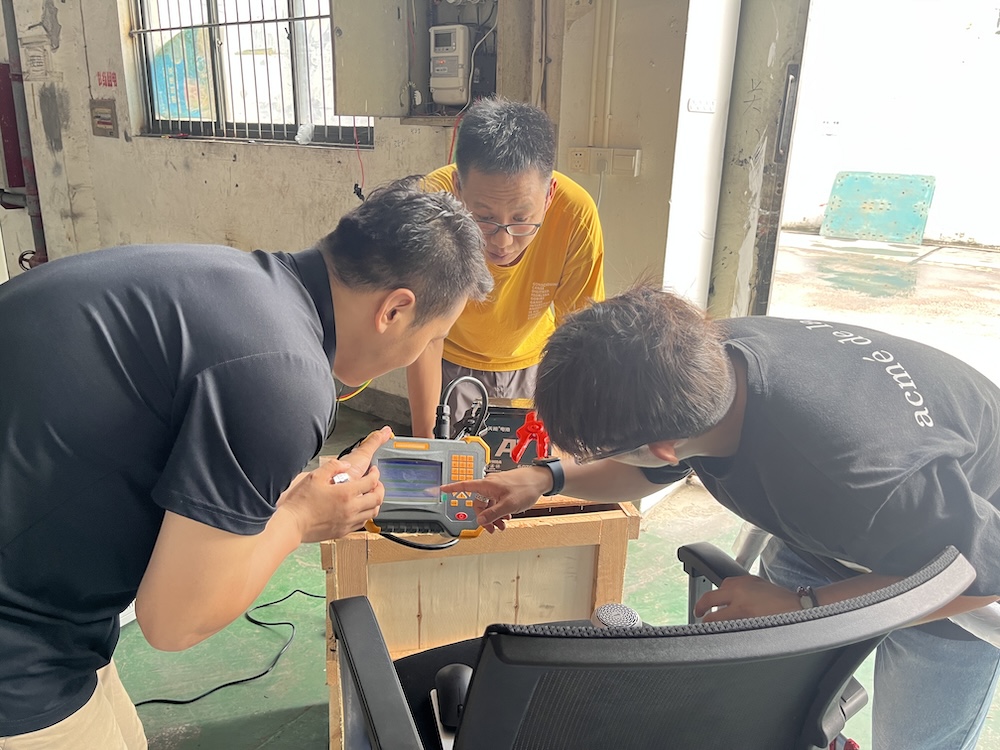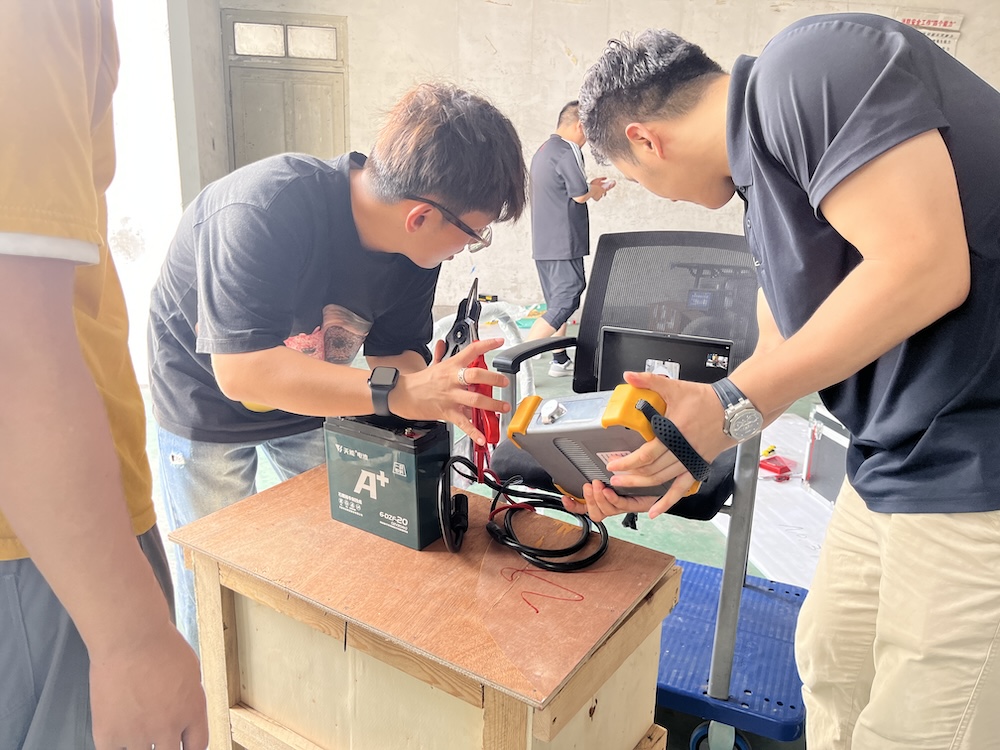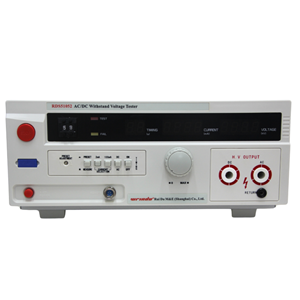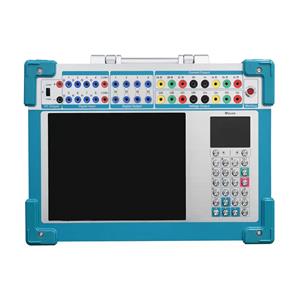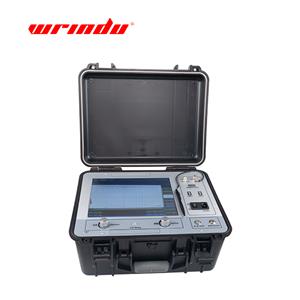Necessity And Accuracy Verification Of Battery Internal Resistance Monitoring
Measurement of battery internal resistance:
Due to different test methods, the internal resistance of the battery is divided into DC internal resistance and AC internal resistance. DC internal resistance is the battery internal resistance measured by the instantaneous DC discharge method, and AC internal resistance is the battery internal resistance measured by the AC injection or discharge method.
The AC internal resistance test method is: using the characteristics of the battery being equivalent to an active resistor, giving the battery a fixed current signal, and performing a series of processing such as high-precision sampling, rectification and filtering on its voltage to accurately measure its resistance.
DC internal resistance test method: by constructing a high-precision constant current circuit, discharging the battery, accurately measuring the voltage division when the battery internal resistance passes through the test current, and then accurately calculating the DC internal resistance of the battery through Ohm's law. The battery internal resistance is a tiny parameter, the 2V battery internal resistance is a micro-ohm level parameter; the 12V battery internal resistance is a milliohm level parameter. Precision measurement technology is required to accurately measure. Ordinary measurement methods cannot test the true battery internal resistance.
At present, many battery internal resistance monitoring devices are not accurate enough to measure the real internal resistance of the battery. Basically, a reference internal resistance is calculated by dividing the battery voltage drop by the discharge current during the discharge test. This test method is greatly affected by the battery floating charge voltage when the battery is in the floating charge state, and it is impossible to accurately judge the battery failure and capacity reliability. Therefore, in practice, users need to accurately verify the internal resistance test accuracy of the battery detection or monitoring equipment.
Necessity of battery internal resistance monitoring:
There are many accidents caused by backup power batteries now. From a technical perspective, there are many problems and they are complicated. The main reason is that the existing means cannot detect faulty batteries in the battery pack in a timely and accurate manner. The current judgment standard for faulty batteries is too simple, mainly based on the standard of less than 80% capacity. However, there is no accurate monitoring method for battery capacity. Only relying on annual capacity test, the detection frequency is not enough and the timeliness is poor. Moreover, many battery failures do not affect battery discharge in a short time. For example, there is a false solder joint inside the battery. Although it has little effect on the capacity in a short time, it is easy to catch fire and poses serious safety hazards.
It is recommended to increase the internal resistance index to judge the faulty battery. We have done a lot of research and experiments in this regard. When the internal resistance exceeds the base value (new battery internal resistance) by 1.5 times, the battery is faulty, and more than 95% of the batteries cannot pass the capacity test. Therefore, by accurately monitoring the internal resistance of the battery and replacing the faulty battery with an internal resistance exceeding 1.5 times in time, the safety performance and capacity reliability of the entire battery group can be ensured, and power supply safety accidents caused by battery failure can be eliminated.
Method for verifying the accuracy of battery internal resistance test equipment:
In order to ensure the accuracy of the battery internal resistance test, including the accuracy of the instrument testing principle and the verification of the measurement accuracy, it is necessary to use both a standard meter and a standard resistor for verification.
Step 1: Use a standard resistor of ≤1mΩ, select a battery at random, and connect the standard resistor in series to the battery for actual testing and accuracy verification. Perform two internal resistance tests. The first includes the standard internal resistance test and records the value. The second does not include the standard resistance test and records the value. The difference between the two test values is divided by the standard resistance value to calculate the internal resistance test accuracy. [(first test value - second test value) / standard resistance value]% = internal resistance value accuracy%
Step 2: Standard table verification method
1: Select a battery at random, test it with internal resistance test equipment, and record the data.
2: Use RD-7000 internal resistance meter to test and record the data.
3: Compare and analyze the two test data.
We are proud to introduce a revolutionary portable digital measurement device – the RD-7000 Battery Impedance Tester. This instrument is specifically designed for the rapid assessment of the health and aging condition of lead-acid stationary batteries, providing precise data support in just a few seconds.
Whether you need to test a single battery cell/module or large/multiple battery banks, the RD-7000 can complete the measurement task in a short period of time. Its automated analysis software is capable of processing the measured data and generating reports automatically, greatly enhancing work efficiency and accuracy.
For detailed product parameters, please click RD-7000.
To get the latest quote, please contact us.

